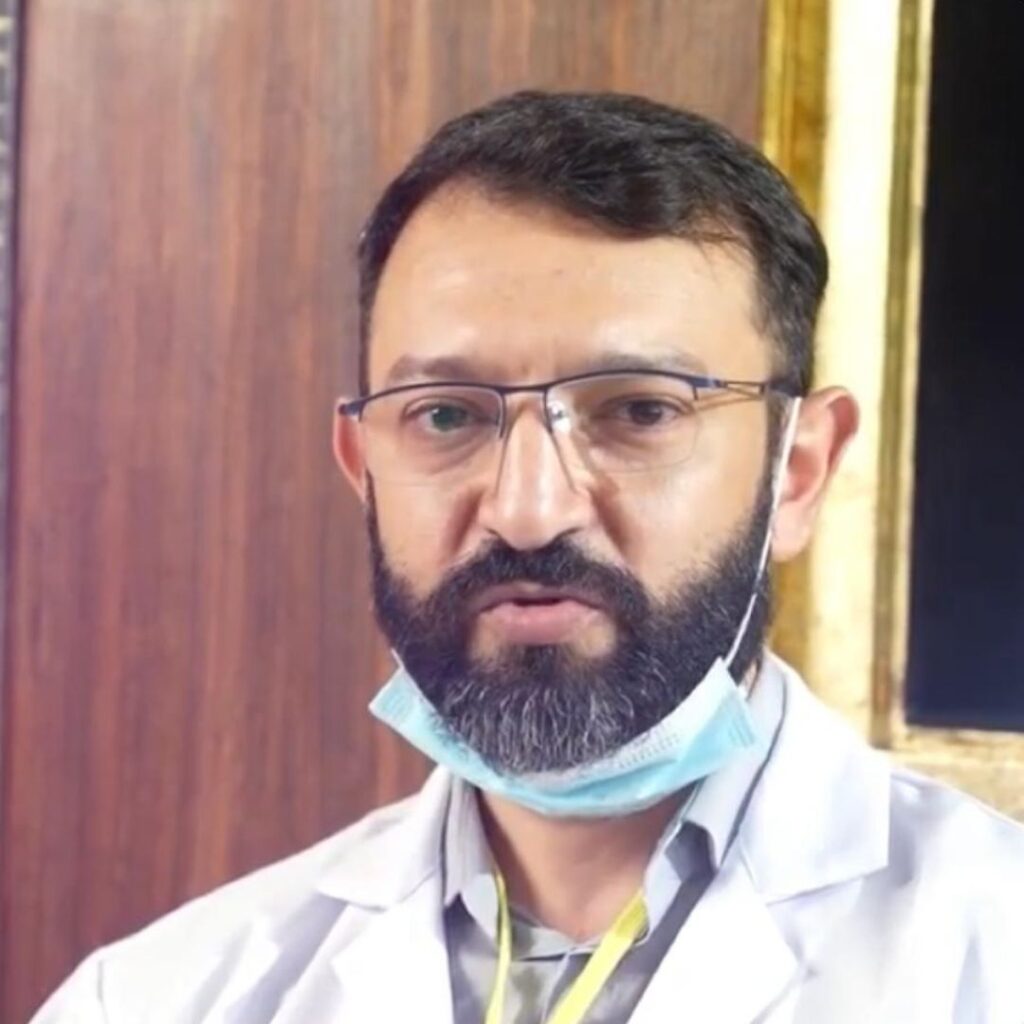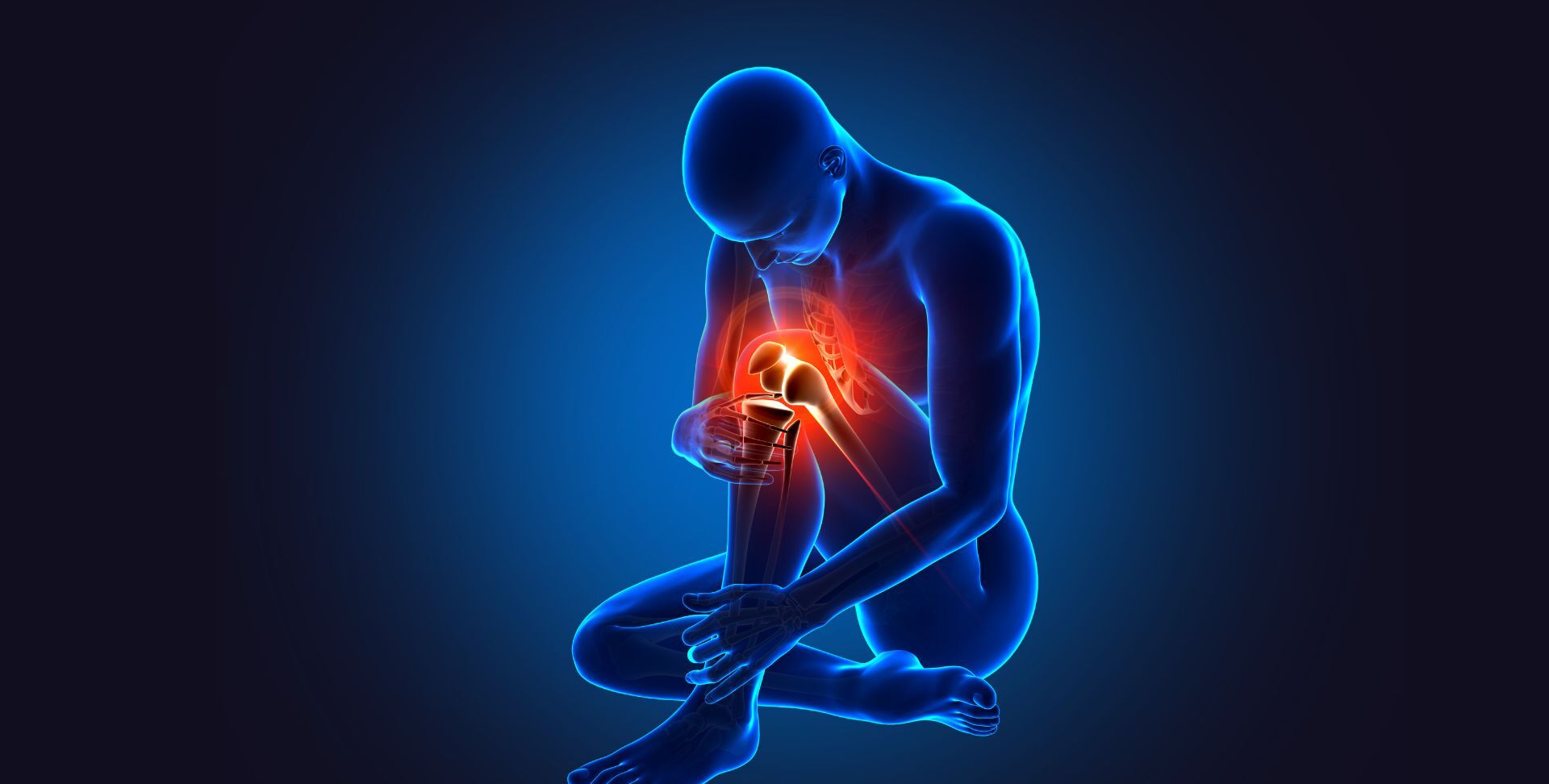In orthopedics, the pursuit of effective, minimally invasive treatments for joint pain has led to remarkable advancements. This blog explores the forefront of non-surgical interventions, offering a beacon of hope for those grappling with joint discomfort. Through innovative approaches such as Platelet-Rich Plasma (PRP) therapy and regenerative treatments, individuals can experience relief without resorting to surgical procedures.
Non-Surgical Alternatives: Revolutionizing Joint Pain Management
- Platelet-rich Plasma (PRP) Therapy: Platelet-rich plasma therapy emerges as a pioneering technique in orthopedics. This procedure involves the extraction and concentration of platelets from the patient’s own blood. Rich in growth factors, platelets are then injected into the affected joint, stimulating tissue repair and regeneration.
Numerous studies have attested to the efficacy of PRP therapy in treating various orthopedic conditions, including sports injuries and osteoarthritis. The controlled release of growth factors facilitates tissue healing, offering a promising avenue for recovery after sports injuries and the management of chronic joint pain.
- Regenerative Treatments: Regenerative medicine has ushered in a new era of non-surgical interventions for joint pain. Techniques like autologous micrografting, exemplified by Regenera Activa’s AMT-RA technology, harness the body’s natural healing capabilities.
AMT-RA (Autologous Micrografting) by Regenera Activa employs micrografts derived from the patient’s own tissues to target damaged areas, initiating a cascade of regenerative processes. The procedure, devoid of surgery and hospitalization, presents a revolutionary approach to joint pain treatment. Research has shown remarkable results in terms of pain relief, improved joint function, and enhanced quality of life.
Key Benefits of Non-Surgical Interventions:
- Minimal Invasiveness and Reduced Recovery Time: Non-surgical treatments circumvent the need for complex surgical procedures, resulting in shorter recovery periods and reduced post-operative discomfort.
- Preservation of Joint Integrity: Unlike surgical interventions, non-surgical approaches aim to preserve natural joint structures, minimizing the risk of complications associated with implants or prosthetics.
- Enhanced Longevity and Functionality: Studies have demonstrated that non-surgical interventions can promote long-term joint health, potentially delaying or even obviating the need for surgical intervention in the future.
Conclusion
The landscape of joint pain management is evolving, offering hope and relief to individuals seeking alternatives to surgical procedures. Through non-invasive techniques like AMT-RA (autologous micrografting by Regenera Activa), patients can embark on a journey towards improved joint health and overall well-being. Embracing these advancements heralds a new era in orthopedic care, marking a paradigm shift in the treatment of joint pain. Explore the possibilities and experience the transformative potential of non-surgical interventions.
Author

DR ELIAS ZUHAIR AL-QARAMI
BONE SURGERY SPECIALIST


